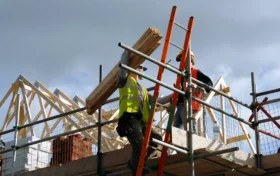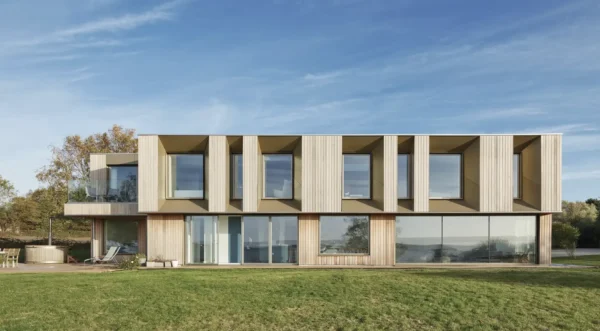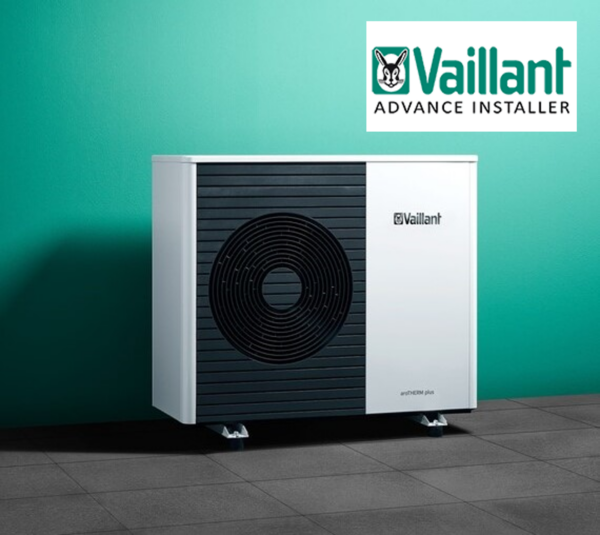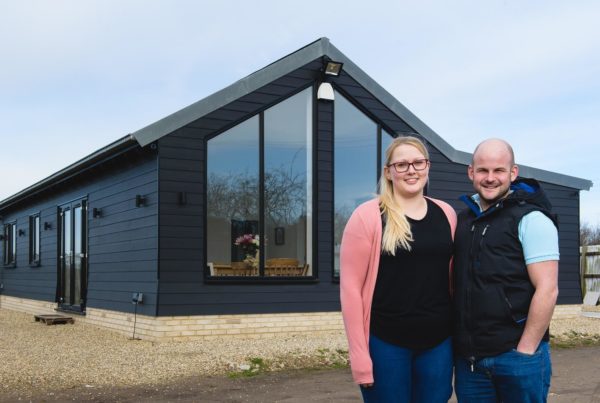Eco Building & Renewables
In an ideal world our homes would be airtight, super-insulated and feature cutting-edge renewable technology. But in reality, they’re not. So in lieu of a miracle eco-housing super-boom, can we retrofit renewables to our existing homes?
In a nutshell, the answer is yes, but many of the technologies on offer are costly and payback periods can stretch to many decades. The good news is that by installing them now, you’ll ensure they gain popularity and become cheaper for future generations.
Insulation
If your home isn’t well insulated it can’t possibly be energy efficient – it’s as simple as that. Just insulating your cavity walls could save around £160 a year on your fuel bills and, as it costs in the region of £250, would pay for itself in about two years. If your home was built before the 1920s, it probably won’t be suitable for cavity-wall treatment. Instead, consider installing solid-wall insulation. It’ll be cheapest to do this if you’re already repairing or renovating exterior walls.
Loft insulation acts like a duvet, trapping heat that has risen from below and preventing it from being lost through the roof. Without it, you could be losing as much as 15 per cent of your home’s heat. As it costs approximately £190 to install, you could get payback in less than a year.
Glazing
If you can feel cold air or draughts coming in around your windows, it means warm air is escaping. Poorly insulated frames and single glazed windows account for up to 20 per cent of heat loss in the average home. Double-glazing creates an insulating barrier by trapping air between two panes of glass, which cuts heat loss, reduces noise and helps to prevent condensation.
The cost of replacing windows will vary greatly depending on the product you choose – whether it’s gas-filled; whether the pane is self-cleaning; the list goes on. Whatever you pick, remember to look for the ‘Energy Saving Recommended’ logo as this indicates the most energy-efficient models.
Wood and biofuel
Burning sustainably-sourced wood is considered to be a carbon-neutral method of energy production. There are two main ways of using wood to heat your home – with a standalone stove or with a larger biomass boiler connected to a central heating and hot water system. Stoves are the cheaper option, from around £2,000-£4,000 including installation, but they can’t be used to heat your whole home. You’ll probably also need to fit your chimney with a lined flue, which is relatively inexpensive.
The alternative is a biofuel boiler, which will be able to heat your entire home. It will cost anywhere from £5,000 to £16,000, but will save around six tonnes of CO2 annually compared to an electric heating system. Make sure you’ve got enough space – these boilers are much larger than conventional types, and you’ll need plenty of fuel storage plus suitable access.
Wind turbines
Wind energy is the fastest growing renewable in the UK, but domestic turbines aren’t common, partly because payback time is lengthy for small systems. A 1kW generator costs around £3,000, rising to around £18,000 for a 1-6kW generator. Wind speeds of at least four/five metres per second are desirable to power the average domestic system, and correct positioning is crucial. Always get a wind survey done by an energy specialist before proceeding. B&Q offers a £25 survey for buyers wanting a micro turbine system.
Obtaining planning permission can be an issue, whether you’re building a new home or retro-fitting a device to an existing property. While the Government broadly supports domestic turbines, factors such as noise and visual intrusion may mean that your local planning department may knock you back.
Solar hot water
Thermal panels capture energy from sunlight, transfer it to water to heat it, and then store it in a tank until it’s needed. According to the Energy Saving Trust, they can supply almost all of your hot water in summer. The system costs around £4,000 to install, and you should get payback in around eight years.
Fitting is relatively simple, and can usually be completed within a couple of days. The hot water you generate can be fed into your existing boiler, but you may need an additional water tank if you have a combi.
Solar electric
If you want to generate your own electricity, then solar photovoltaic (pv) cells may be ideal. It’s a myth that solar pv requires direct sunshine, although the more intense the light, the more electricity will be generated. Pv cells are available as panels that can be roof-mounted or inset. They also come as tiles to replace traditional coverings. Installation can cost around £20,000, but average annual CO2 savings – about 1.2 tonnes – are greater then solar thermal panels. And you can sell excess electricity back to the national grid to slash your payback time.
Planning permission shouldn’t be needed for solar thermal panels or photovoltaics thanks to new permitted development rules, but just to play safe, contact your local planning department before you install.
Ground source heat pumps
In a well-insulated property, GSHPs can provide 2-3kW of free energy for every 1kW of electricity used to power them, and are ideal for use in tandem with existing radiator systems or underfloor heating. Installation requires significant pipework to be laid in your garden, either horizontally or vertically.
A typical system suitable for a detached home will set you back about £6,000-£12,000. Running costs (to produce heating and 50 per cent of domestic hot water) are likely to be around £540 per year, but depend on factors such as the size of your home and how well insulated it is. Payback can be anywhere from eight to 12 years. Planning may be an issue so make enquiries with your council.
Air source heat pumps
There are two types of air source heat pumps (ASHPs): air-to-air systems provide warm air for circulation around the building, while air-to-water types heat water to provide heating via radiators or an underfloor system. Air source heat pumps don’t need a borehole or ground collector, making them ideal for small plots. A typical 6kW domestic system, suitable for a well-insulated detached property, costs £7,000-£10,000 installed.
You could save around £870 a year by operating an air source heat pump as the sole provider of heat, compared to the cost of running an electric system. Planning permission is not usually required, but it’s always prudent to check with your local council before installation.




























































































 Login/register to save Article for later
Login/register to save Article for later












Comments are closed.